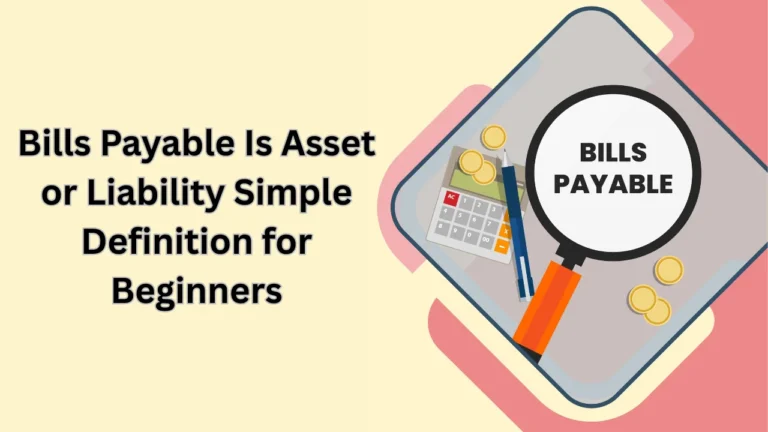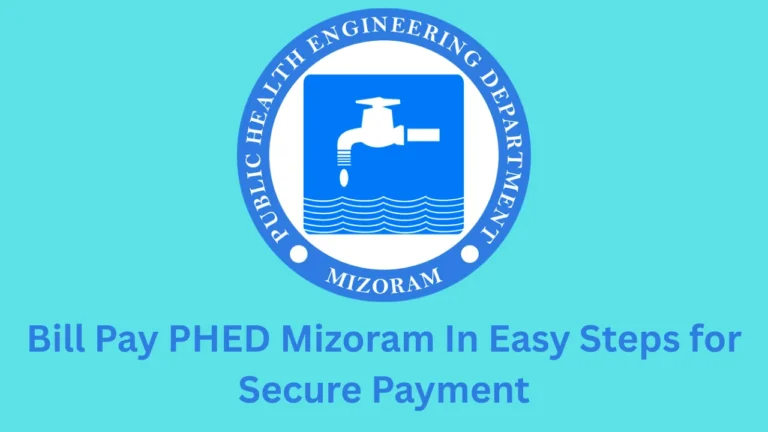Medical billing can be confusing, especially for patients trying to understand how their insurance works. At the start of this journey, people often come across the term AOB in medical billing. This term is simple once explained, but it has a big impact on how healthcare providers and insurance companies manage payments. Just like knowing how to do an apdcl balance check makes life easier when handling utility bills, understanding AOB can make medical payments smoother.
What is AOB in Medical Billing?
AOB stands for Assignment of Benefits. In medical billing, it refers to the process where a patient signs a document allowing their healthcare provider to receive payment directly from the insurance company. Without this agreement, the patient would pay first and then seek reimbursement, which can take time and create confusion.
When AOB in medical billing is in place, providers send claims straight to insurance companies. The insurer then pays the provider for covered services, while patients only handle co-pays, deductibles, or uncovered costs. This system reduces stress for patients and makes billing more efficient.
Why Do Providers Use AOB in Medical Billing?
Healthcare providers depend on steady payments to keep their operations running. By using AOB in medical billing, they avoid the delays of chasing payments from patients. Insurance companies are more reliable sources of payment compared to individual patients, which keeps the financial side of healthcare more stable.
For patients, this also means fewer steps in the payment process. Instead of dealing with multiple bills and forms, they can focus on their treatment and recovery. This mutual benefit is why AOB has become a standard practice in most clinics and hospitals.
How Does the AOB Process Work?
The process of AOB in medical billing begins when a patient signs the assignment of benefits form during registration or before treatment. This form is a legal document that authorizes the provider to bill and receive payments directly from the insurance company.
Once treatment is completed, the provider sends a claim to the insurer. The insurer then reviews the claim to confirm coverage, calculates the eligible amount, and pays the provider. Any remaining balance not covered by insurance is billed to the patient.
Here is a simple table that explains the process:
| Step | Action | Result |
|---|---|---|
| 1 | Patient signs AOB form | Provider authorized to receive payment |
| 2 | Provider sends claim to insurer | Claim is reviewed for coverage |
| 3 | Insurer pays provider directly | Payment is credited to provider |
| 4 | Patient pays remaining balance | Deductibles or co-pays settled |
Benefits of AOB in Medical Billing
The advantages of using AOB in medical billing are clear for both patients and providers. Patients save time by avoiding claim submissions, and providers receive payments faster. This system also reduces administrative burdens for clinics, letting them focus on patient care instead of collections.
Another important benefit is transparency. Patients know upfront what portion of the bill the insurance will cover and what they are responsible for. This reduces disputes and makes the billing process more predictable.

Limitations of AOB in Medical Billing
While useful, AOB in medical billing has some challenges. Insurance companies may still deny claims if the treatment is not covered, leaving patients with unexpected bills. Providers also must ensure the AOB form is properly filled out, as errors can delay payments.
For patients, the biggest limitation is that an AOB does not eliminate all financial responsibilities. Deductibles, co-pays, and uncovered treatments still need to be paid directly.
Legal and Compliance Considerations
An AOB in medical billing is a legal contract. This means it must comply with healthcare regulations and insurance rules. Providers are responsible for making sure the form is accurate, signed, and stored securely. If the form is incomplete or violates local laws, insurers may refuse to honor it.
Patients should also read the form carefully before signing. By doing so, they understand which rights they are assigning to the provider and what their obligations remain. Transparency is key to avoiding disputes later.
AOB in Medical Billing vs. Patient Reimbursement
Before AOB became common, patients paid providers upfront and then filed claims with their insurance. This old method often led to delays and confusion. With AOB in medical billing, the system is smoother because providers deal directly with insurers.
Here is a comparison table to show the difference:
| Aspect | With AOB | Without AOB |
|---|---|---|
| Who pays first | Insurance company | Patient |
| Claim submission | Provider | Patient |
| Time to receive payment | Faster | Slower |
| Patient responsibility | Only uncovered costs | Full payment upfront |
The Role of Insurance Companies
Insurance companies play a central role in AOB in medical billing. They ensure claims are accurate and only cover eligible treatments. Providers rely on them for timely payments, but insurers also protect their interests by reviewing claims carefully.
Patients should remember that insurers only pay for what is covered under their policy. Anything outside that scope becomes the patient’s responsibility. This is why understanding your insurance policy is just as important as signing an AOB form.
Real-Life Impact of AOB in Medical Billing
For patients, AOB reduces stress during an already difficult time. Imagine being in the hospital and having to pay thousands upfront, then waiting weeks for reimbursement. With AOB in medical billing, this burden shifts to the insurer and provider, making the process smoother.
Providers also benefit by having more predictable cash flow. Instead of struggling with collections, they can focus on medical care. This strengthens trust between patients, providers, and insurers.
AOB and Financial Responsibility
Signing an AOB form does not mean patients are free from all costs. Even with AOB in medical billing, deductibles, co-pays, and uncovered services must be handled by the patient. This shared responsibility ensures the healthcare system runs smoothly.
In some cases, patients may even choose to pay upfront for faster service, then rely on the insurance later. But generally, AOB remains the easier option for most situations. Just like checking your state bank of india balance check number ensures you know your finances, reading your insurance policy ensures you know your medical responsibilities.
Future of AOB in Medical Billing
As healthcare technology advances, AOB in medical billing will continue to evolve. Digital systems now allow for faster claim submissions, electronic signatures, and real-time tracking of payments. These changes make the process even more efficient for both patients and providers.
There may also be stricter regulations in the future to prevent misuse of AOB forms. Insurers and governments are working to improve transparency and protect patients from unexpected costs. This means patients can expect more clarity and less confusion when dealing with medical bills.
Conclusion
Understanding AOB in medical billing helps patients and providers navigate the healthcare system with ease. By allowing providers to bill insurance directly, AOB saves time, reduces stress, and makes payments more predictable. While it does not eliminate all patient responsibilities, it ensures a smoother process overall.
As medical billing continues to improve, AOB will remain a vital part of the system. Patients who know how it works can avoid surprises, while providers benefit from quicker payments. Just as you monitor your finances carefully, staying informed about AOB ensures you remain in control of your healthcare expenses.




